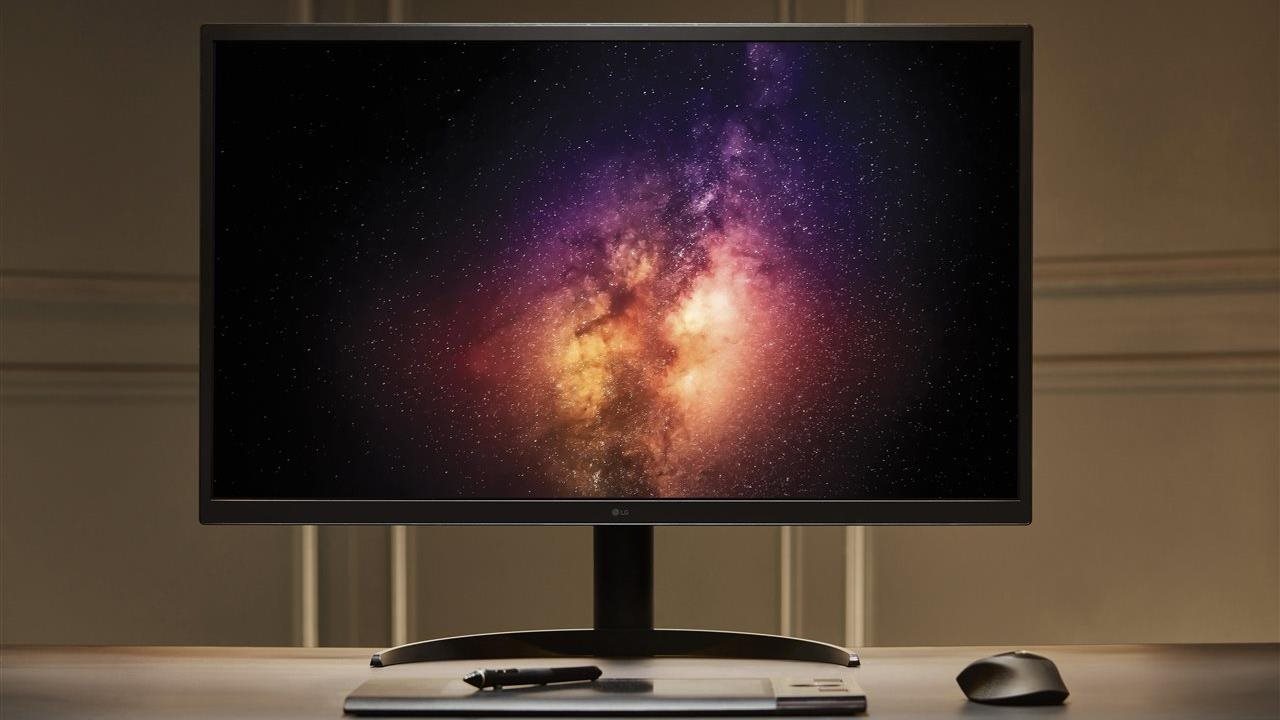
(BPT) – Thanks to new technology, animation is evolving at lightspeed. From High Dynamic Range imaging and faster internet speeds to software that brings 3D capability and Virtual Reality to their fingertips, animators can create almost anything they imagine. The evolution of animation also reflects how consumers view content — on smart TVs, phones, computers and tablets. However, just as animation has continued to evolve throughout the pandemic, so too have the technological tools and tricks of the trade employed by animators and graphic designers.
Here are top trends appearing in animation, along with ways designers can make the most of them.
1. Bold color use
Better technology allows designers and animators increased precision and a wider range of options when it comes to color usage. To make color stand out, many artists and animators are choosing a limited color palette — then highlighting a couple of bold, even unexpected colors within that palette.
It’s only possible to realize a creative vision based on very specific color choices if you have the right tools to bring your vision to life. For example, the LG UltraFine Display OLED Pro monitor was designed with creators in mind, providing best-in-class picture quality, with precise detail and color. Covering 99% of the DCI-P3 and Adobe RGB color spectrum, the monitor achieves true-to-life color without a backlight — which also helps create a true black. Additional support with LG Calibration Studio’s convenient auto-calibration software ensures consistent top-quality color display. The monitor’s more than 8 million pixels deliver deeper contrast, with a 1,000,000:1 contrast ratio for incredibly lifelike images.
This level of image accuracy is needed by professional animators, especially those who must be physically apart while collaborating. Animators at Pixar partnered with LG, using the company’s UltraFine OLED Pro monitor, to create the visually stunning film “Luca” during the pandemic.
“Dynamic range and color accuracy are critical to our filmmaking process, and LG’s OLED desktop display allowed us to bring that process into creators’ homes for the finishing of Luca,” said Dominic Glynn, senior scientist, studio mastering and operations at Pixar.
2. Hybrid techniques
One hot trend is combining different media to create layered, textured and complex worlds, such as blending animation with live video footage or photography — like a mixed-media collage.
Another intriguing hybrid style juxtaposes 2D and 3D imaging. While 3D imaging blasts open the limits of what 2D animation can do, combining the two creates a new level of visual experiences. You can move viewers through 2D frames that showcase 3D objects within them, creating depth and movement in fascinating ways.
To create a complex hybrid style, the UltraFine OLED Pro pivots easily from landscape to portrait orientation and allows designers to see more clearly the timeline and layers for editing and animating software.
3. Thin line style
Contrasting with rich 2D and/or 3D world-building in many video games and movies, a minimalist style using thin lines is on trend — creating the appearance of hand-drawn art. This effect allows animators to direct the viewer’s eye, making it seem like a drawing is being brought to life in an elegant, fluid style. You can also use this style to evoke earlier periods of animation in a cool, retro kind of way.
4. Vertical orientation
Animation is also adapting to the formats consumers use to engage with social media, advertising and entertainment. Most mobile phone users tend to hold their phones vertically most of the time, and designers are catching on, creating more content specifically designed for a vertical format.
A monitor that easily adjusts to landscape or portrait orientation makes creating vertical content that much easier. For example, the LG 32UN880-B 32 Inch UltraFine Display Ergo 4K HDR10 Monitor has a highly flexibly desktop setup and innovative, ergonomic arm to fit your needs. You can even more easily adjust the pivot, height and tilt to exactly match your requirements.
5. Virtual Reality (VR)
While VR is popular in gaming, video animation is also jumping aboard the Virtual Reality train, thanks to more VR software becoming available. This allows animators to create everything to scale within the digital environment, rather than doing 3D modeling on screen separately. Some programs allow animators to create frame by frame, so scenes and animations transfer to other 3D programs seamlessly.
Whether you’re a designer, photographer or animator, knowing the latest trends and tools can put you further along in your career. And when connectivity makes all the difference for collaboration, you’ll want a monitor like the OLED Pro, which comes equipped with compatibility for a variety of devices:
- USB Type-C (PD90W) port
- 2 display ports
- HDMI port
- 3 USB ports
Staying connected, instantly sharing and clearly communicating ideas and images with your team is essential, whether you’re working on a small project or a major motion picture. Visit LG.com to see what the LG UltraFine OLED can do for your creations.
